As good as fresh vegetables if you follow these tips
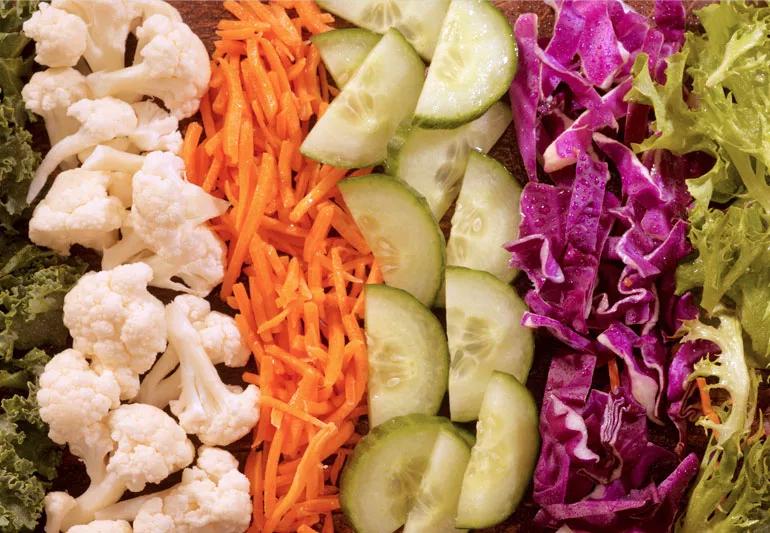
Walking through the produce section in the grocery store can be daunting. The good news is that pre-cut, packaged vegetables are just as healthy for you as whole vegetables – as long as they’re fresh. They’re also less time-consuming to prepare, making it more likely that you’ll include them in your home cooking.
Advertisement
Cleveland Clinic is a non-profit academic medical center. Advertising on our site helps support our mission. We do not endorse non-Cleveland Clinic products or services. Policy
There are some things you should keep in mind, though, when shopping for baby carrots, celery sticks, broccoli florets or other pre-cut, bagged foods. Here are seven tips from dietitian Katherine Patton, MEd, RD, LD:
Advertisement
Advertisement
Learn more about our editorial process.
Advertisement

Some diets shun them, but research hasn’t concluded that they’re harmful

This versatile type of seaweed may help support weight loss, bone health and cancer prevention

Pickles are low in fat and calories and rich in some vitamins and minerals, but they’re usually high in sodium
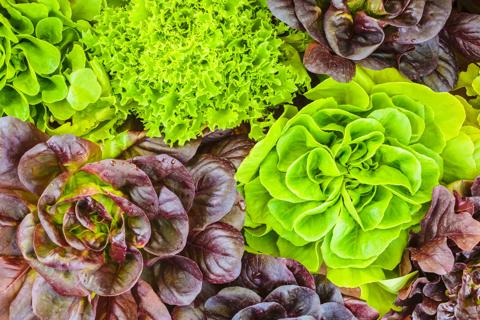
Lettuce is a versatile vegetable loaded with antioxidants and good-for-you nutrients
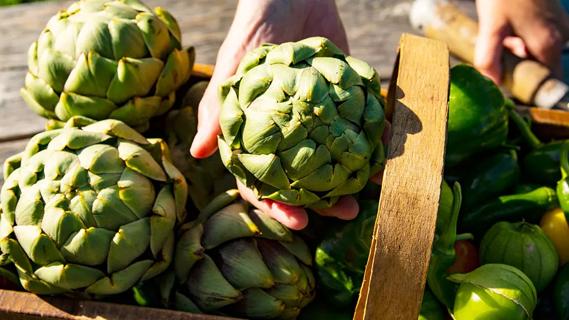
This unique-looking veggie is fiber-dense and antioxidant-rich, and can improve the health of your gut, liver and heart
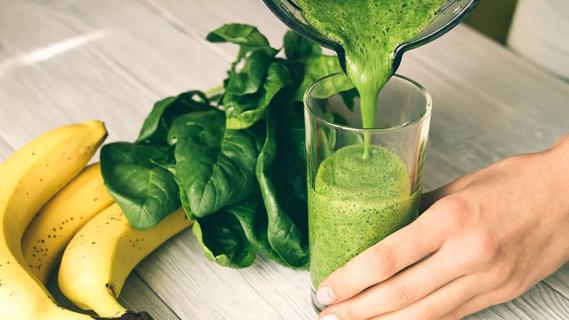
Vitamin-packed and antioxidant-rich, spinach can benefit your brain, eyes, blood and more
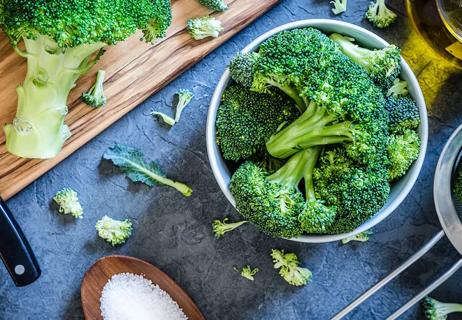
These ‘tiny trees’ provide disease-fighting nutrients and may protect your gut

It’s the flavor of fall, but it’s good to be wise about how you consume it

If you’re feeling short of breath, sleep can be tough — propping yourself up or sleeping on your side may help

If you fear the unknown or find yourself needing reassurance often, you may identify with this attachment style

If you’re looking to boost your gut health, it’s better to get fiber from whole foods